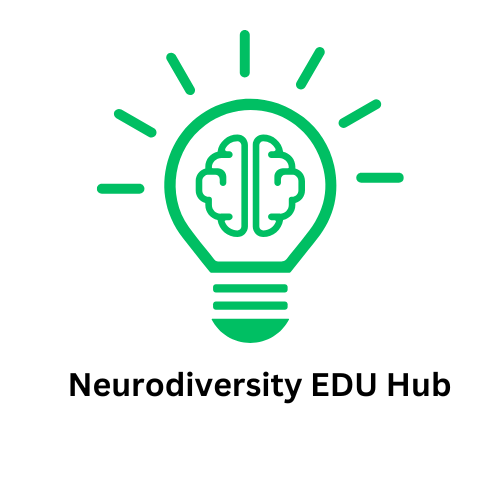
Understanding Late-Night Eating and ADHD
For many individuals, particularly those with ADHD, late-night eating can be a cycle difficult to break. Often driven by biological needs, emotional stress, or even medication side effects, the hunger that strikes as the day winds down isn't simply about craving a snack. Whether it's a response to physical deprivation throughout the day or an emotional coping mechanism, recognizing the underlying causes can empower you to make healthier choices.
Nourishing Your Body Throughout the Day
“Fuel up consistently” is not just a catchphrase; it is crucial. One of the most common reasons people overeat at night is simply not eating enough during the day. If you're finding that evenings are filled with snack raids, it could be because lunch was skipped or dinner was not balanced. Ensure you're eating varied meals every three to four hours, with enough protein, fats, and carbohydrates to keep your energy levels stable. This approach helps to set a positive eating pattern that can reduce those ravenous feelings at night. By combating the hunger cycle early in the day, individuals with ADHD can break the habit of late-night eating effectively.
Regulating Blood Sugar Levels
Proper meal composition is equally important. Consuming a diet low in carbohydrates, especially for those on specific diets or weight loss programs, can disrupt blood sugar levels, prompting cravings for sugary foods later in the day. Opt for meals that include complex carbohydrates paired with proteins and healthy fats. Not only will this keep energy steady, but it will also keep hunger at bay. For instance, whole grains, nuts, and legumes should be staples in your diet, helping you maintain balanced blood sugar levels.
Listening to Your Body's Signals
In the hustle and bustle of our hectic lives, it's easy to neglect the body's cues. Individuals with ADHD might find that interoceptive awareness—recognizing physical sensations of hunger or satiety—is a challenge. Make a habit of checking in with yourself every few hours. Ask if you're truly hungry or if stress is prompting your snack break. By taking time to listen to your body, you can avoid unchecked cravings and impulsive eating.
Addressing Emotional Eating Naturally
Emotional eating can be particularly common for individuals with ADHD, who often experience emotional dysregulation. Recognizing when you're eating not just for hunger but to soothe your emotions can be transformative. Journaling feelings and triggers is one technique that can help distinguish between physical hunger and emotional craving. Find alternative coping strategies—whether it's talking to a friend, engaging in a creative hobby, or simply taking a moment to relax—before reaching for that late-night snack. Emotional needs can often be met in ways that don’t involve food.
The Path to Positive Change
Shifting the habit of late-night eating requires deliberate choices and commitments, particularly for those with ADHD. Remember that nourishing yourself consistently during the day is the first step towards reducing nighttime cravings. It’s about balance, not restriction. By embracing understanding and mindful eating practices, you're not only setting yourself up for a healthier relationship with food, but you're also improving your overall well-being.
As educators and leaders, equip yourself with the tools to recognize the intricate ties between mental health, nutrition, and behavior to better assist students or individuals struggling with these challenges. For personalized strategies, consider seeking guidance from a nutrition expert or counselor.
Feeling overwhelmed? You're not alone. If you're ready to take that first step towards a healthier nighttime routine, consider integrating practical tips into your daily life. Start fueling your body mindfully, and observe how it changes your night snacking habits.
 Add Row
Add Row  Add
Add 




Write A Comment